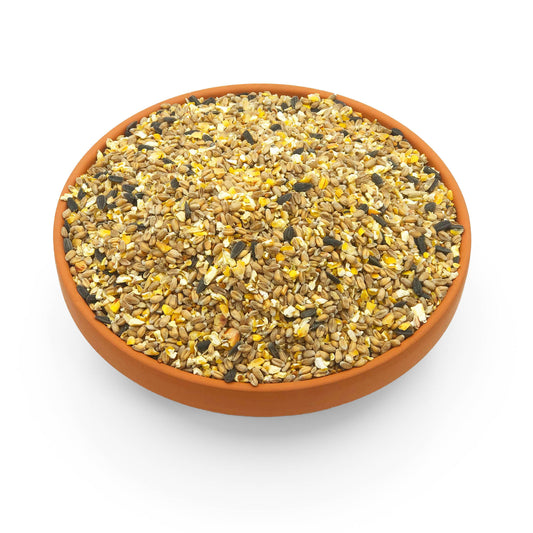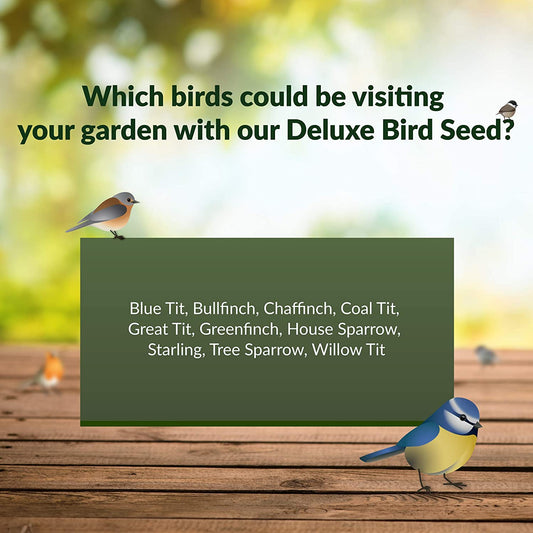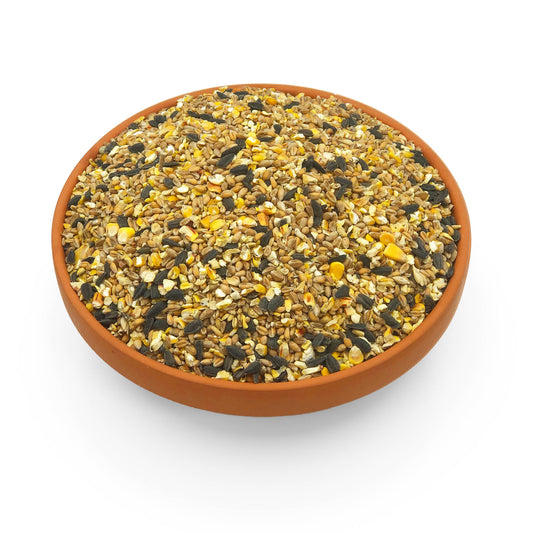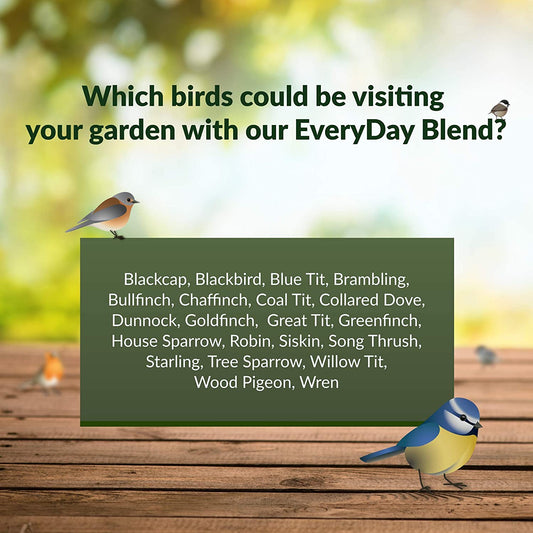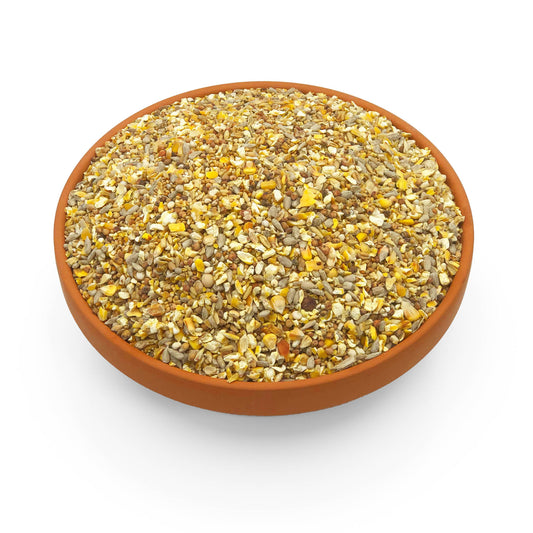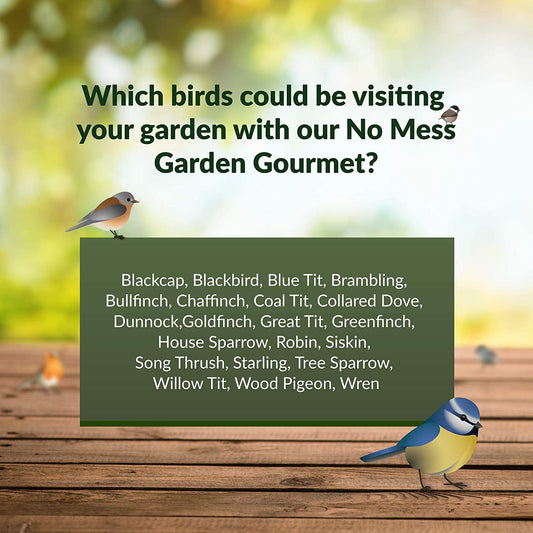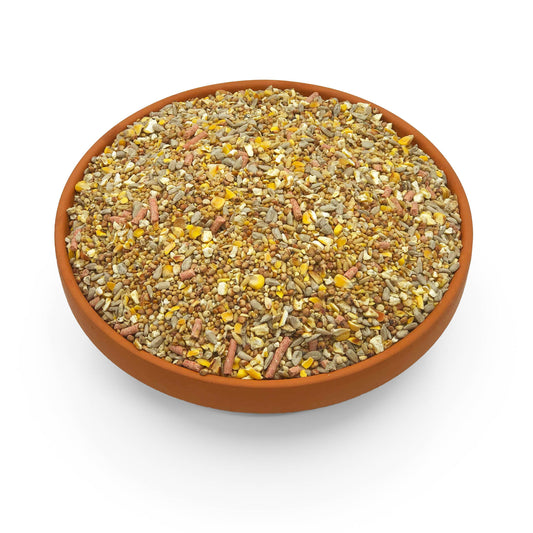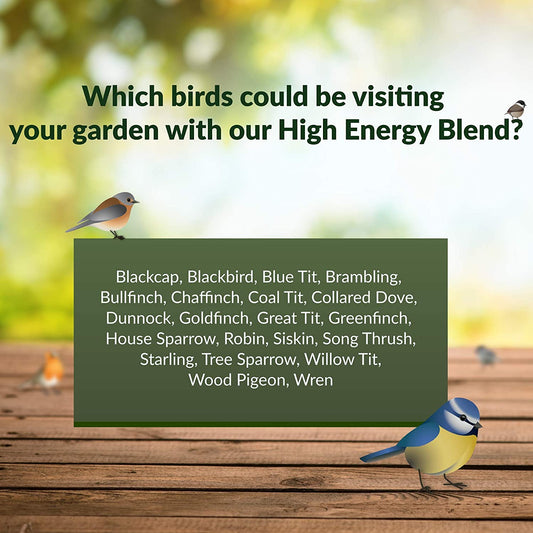Enticing Native Avian Visitors: The Joy and Significance of Garden Bird Attraction
Delighting in the presence of wild birds gracing your garden offers immense satisfaction while contributing to wildlife conservation. Moreover, this endeavour plays a pivotal role in counteracting the distressing decline witnessed in once-abundant bird populations.
Within the realm of our gardens, a profound conservation effort unfolds, acknowledging their paramount importance.
Unraveling the Riddle: A Closer Look at Declines and Garden Sanctuary
The songbirds that grace our garden landscapes typically belong to two categories: woodland or farmland birds. The latter group has adeptly adapted to human-altered habitats over millennia, transitioning from their original natural habitats of open grounds.
Yet, the native woodlands in the UK have become increasingly scarce, positioning us among Europe's least wooded nations. Furthermore, farmlands, once vibrant, have grown barren.
The narrative of diminished hedgerows, vanishing wildflower meadows, and extensive insecticide use on farms all converge to a diminished bird food supply.
These cumulative factors underscore the allure of gardens for avian species, providing a semblance of their natural haunts. A garden, adorned with trees, must surely resemble a woodland sanctuary in the eyes of a bird.
Moreover, the modern inclination to generously offer sustenance further elevates the garden's appeal as a haven for our feathered friends.
Optimising Garden Abodes: Cultivating a Haven for Varied Species
While the impulse to lay out provisions beckons birds, curating an ideal garden habitat with thoughtfully chosen foods will amplify the aviary diversity.
The transformation from an 'average' garden, providing just a couple of basic foods, to a haven bustling with a myriad of bird species, hinges on several interconnected aspects.
A symphony of factors orchestrates the avian attraction, a harmony not achieved by any single element alone.
Drawing Birds To Feed In Your Garden: A Tapestry of Essential Factors
Habitat Diversity: Resemble Nature's Canvas - Open spaces alongside trees, flowering beds, wild enclaves, and shrubs beckon not only woodland birds but also those with affinities for natural expanses like goldfinches.- Food Assortment: Offer a Banquet - Diversify your offerings beyond the basics, catering to a spectrum of dietary preferences.
- Feeder Placement: The Art of Accessibility - Placing feeders in strategic locations ensures ease of access for a wider range of bird species.
- Water Oasis: A Quenching Pause - A water source, from a birdbath to a shallow dish, provides essential hydration.
- Nesting Provisions: A Welcome Retreat - Offer shelter and nesting materials, fostering a sense of security.
- Predator Protection: A Safe Harbour - Minimise predator threats with thoughtful garden design and placement.
- Native Plant Inclusion: Nature's Embrace - Incorporate native plants to foster a familiar environment for local birds.
- Year-Round Sustenance: A Constant Feast - Ensure a consistent supply of food throughout the year.
- Bird-Friendly Behaviour: Peaceful Coexistence - Minimise disturbances, allowing birds to thrive in a tranquil ambiance.
- Awareness and Learning: A Bird Enthusiast's Journey - Deepen your understanding of avian behaviour and preferences, continually adapting your garden's offerings.
Embarking on this avian voyage, fostering a nurturing space for birds within your garden, amalgamates these diverse elements into a harmonious symphony that beckons birds of myriad feathers.
Each component resonates to create a habitat that embraces life, rejuvenates dwindling populations, and enriches your connection with the natural world.
In this partnership with nature, you embrace the art of cultivating a haven where beauty takes flight and the ethereal melodies of birdsong paint your garden's vibrant canvas.


